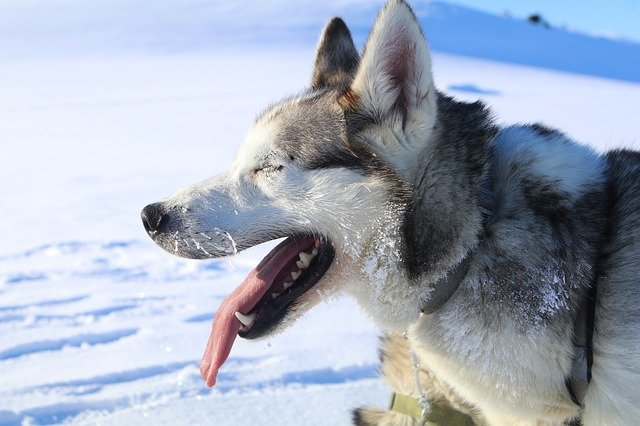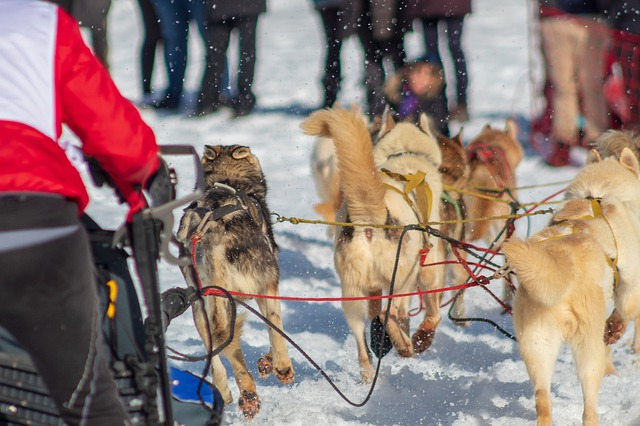H.H. Norwood, born in Berwick, Nova Scotia was captain of the Arctic whaler Balaena. He taught Jujiro Wada nautical skills and navigation. He retired early from whaling and had health issues, causing him to move back to Nova Scotia, but in later years he participated in the Klondike gold rush as an inspector of mines for the Canadian government. E.T Barnette, the first mayor of Fairbanks, sent Jujiro Wada over to Dawson City, where he told Norwood of the gold strike by Felix Pedro in the Tanana plain. A local newspaper article mentioned it and this caused the Tanana stampede.
Columns
重次郎済み、リンクNorthern Light
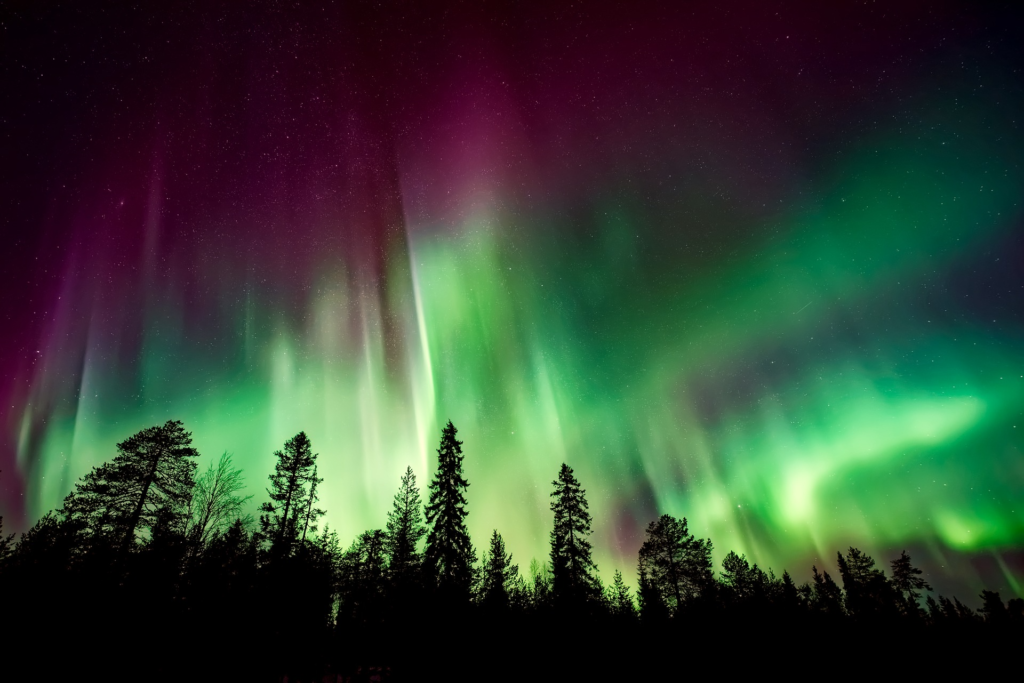
In 1892, when Jujiro Wada first reached the Arctic, he saw the Northern Light for the first time on his life. One second he thought it was a rainbow, but then it changed color, kept moving, shaped difficult forms. One of his fellow whalers, an Eskimo, told him it comes closer by whistling a tune with your mouth. As Jujiro Wada spent an exceptional amount of time in outdoor activities under the open sky in the Yukon and Alaska, the biography on Wada by author Y. Tani is titled “The samurai who chased the aurora”.
About Wada`s sailing: read further at 1907年10月へのリンク ,
About Wada`s hunting: read further at 1895年へのリンク,
About Wada`s mushing: 1892年へのリンク
Ancient Inuit legends about Northern light, often are related with the afterlife. Northern Light appears when a soul leaves this world and rises up to heaven. It is said to be a path which is made clear by lights shining on it. In Greenland people also tell a legend that the spirits are playing soccer using a walrus skull for a ball. This then causes the Northern Light.
For more details on Wada`s travel see Life History.
Daniel Cadzow
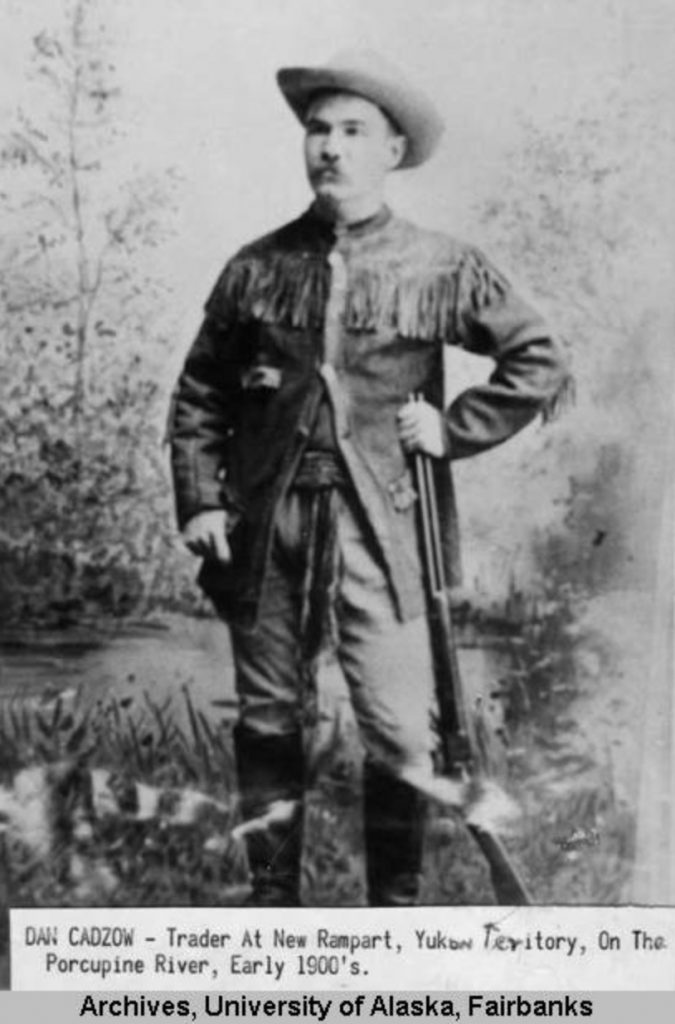
In 1907 Wada moved from Dawson to Herschel Island, with 6 dogs and a dog sled. The route brought Wada also to Rampart House. This was an old trading post run by independent trader Daniel Cadzow. The small settlement located at the Yukon-Alaska border, was a crossroad of people of different ways of life. After a winter on Herschel Island, Wada made a 1,600 mile solitary trip back to Dawson by dog sled. During grouse hunting the sun and snow blinded his eyes. When Wada arrived at Rampart House, his eyes were dripping wet from snow-blindness, which Cadzow mistook for tears of joy for a safe arrival, and Cadzow started to weep as well.
Rediscovery of Jujiro Wada’s Life Stories by Japanese-American Part 1
Valuable information about Jujiro Wada and his life story was brought to Japan by the 2nd generation Japanese-American Norio Mitsuoka.
続きを読む
Moby-Dick – showing whalers as the frontier of international exchange
When Japanese stowaway Jujiro Wada first set foot on American soil in 1892, he was immediately recruited into whaling.
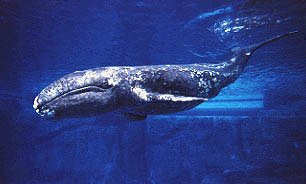
Wada was a cabin boy and cook aboard the Pacific Steam Whaling Company’s bark Balaena from March 1892 until October 1894. During this time, the ship was hunting baleen whales in the North Pacific and Arctic Oceans.
For more details on Wada`s travel see Life History.
The call of the Wild- Dog of the Yukon
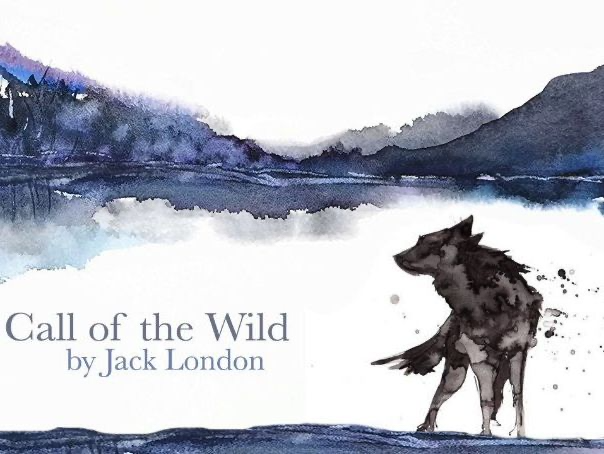
In the famous novel by Jack London, Buck and the other dogs make it from Dawson City to Skagway in 14 days, enduring temperatures of 50C below freezing point. This meant an impressive average of 40 miles per day, mentioned as a new record in the book.
Snowmobiles, the modern dog sleds
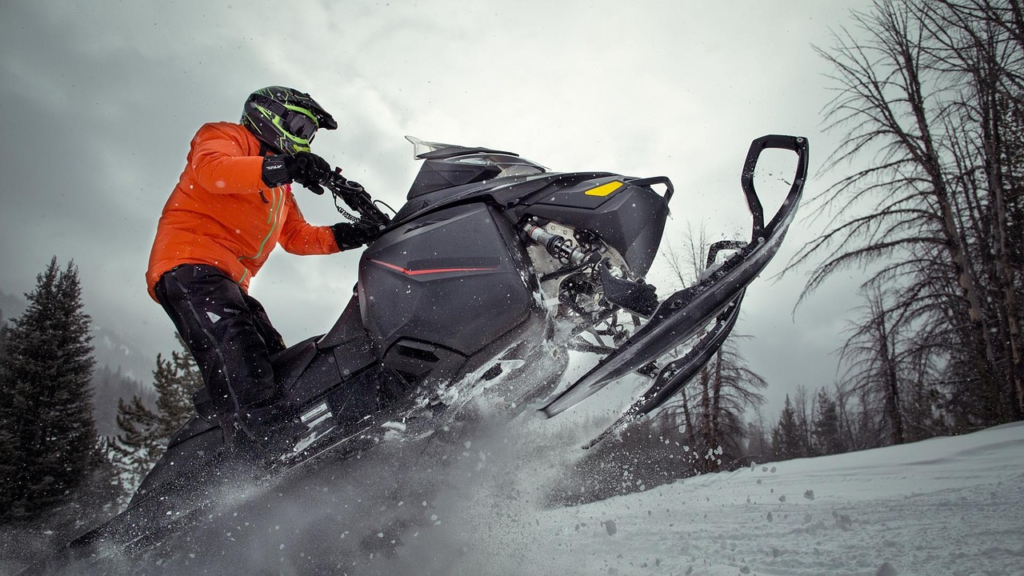 Jujiro Wada spent 19 days on his dog sled in March and April 1909 to go from Fairbanks to Chandalar also stopping at Fort Yukon on the way.
Jujiro Wada spent 19 days on his dog sled in March and April 1909 to go from Fairbanks to Chandalar also stopping at Fort Yukon on the way.
15 days from this he was moving, and his total distance was 700 miles.
For more details on Wada`s travel see Life History.
Fast food and fast dogs
Dog sleds that run long distances are hiding a very important secret that we humans would like to know more about.
For more details on Wada`s travel see Life History.
Leader Dogs
Jujiro Wada (James Wada) improved, explored and expanded the the Iditarod trail in 1909, as commissioned by the Seward Chamber of Commerce, together with Frank Cotter. Nowadays the trail opened by Wada and Cotter is still in use for racer, where musher and breeders can compete to show their expertise. Sled dog racing is far more than just navigating and steering. One has to understand the psychology of the dogs, and their physical strength.
Avoiding foot wounds of malamute
Jujiro Wada improved, explored and expanded the the Iditarod trail, as commissioned by the Seward Chamber of Commerce, together with Frank Cotter. This was in 1909, conditions were harsh that year. In the midst of this exploration, his lead dog suffered from a frozen paw near Rainy Pass, where temperatures dropped to -62C. Wounded he could barely move forward. Frank Cotter wrote about about this episode in his memories about Wada in the Nikkei Weekly titled Ju Wada as I know him. For more details on Wada`s travel see Life History.
